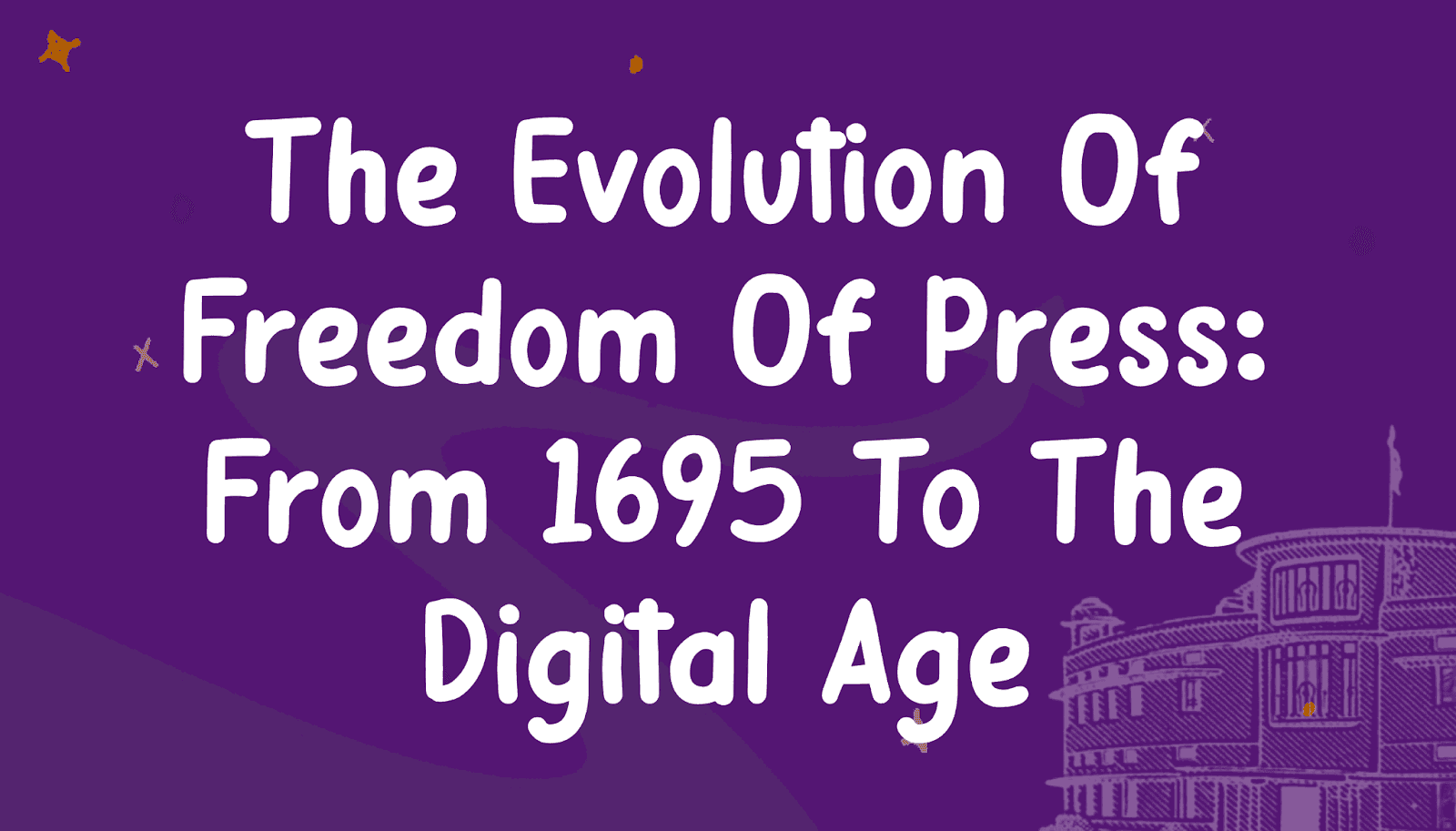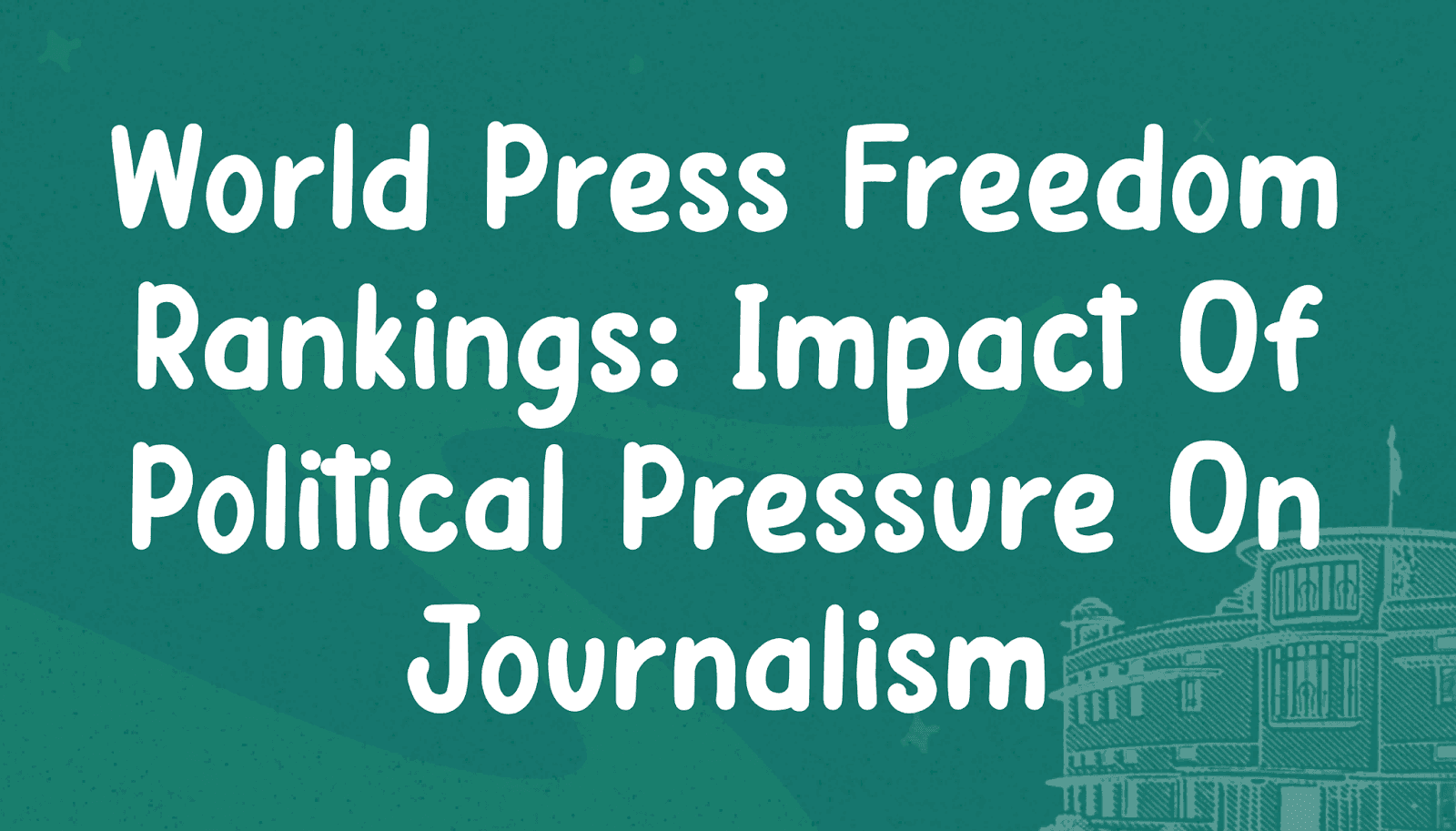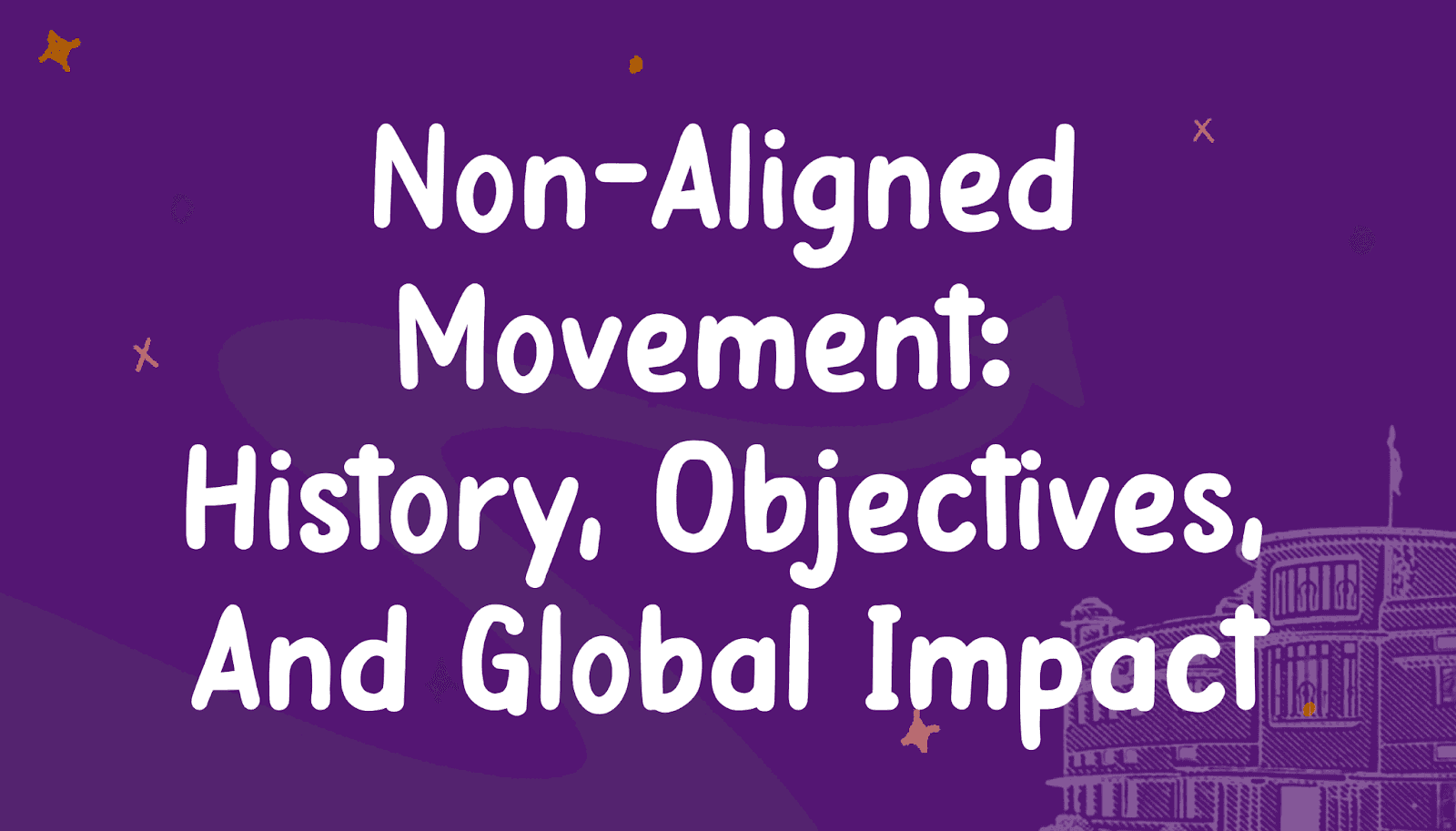UPSC Guide to A History of Ancient and Early Medieval India: Key Themes, Events and Terms
Apr, 2025
•4 min read
Studying a History of Ancient and Early Medieval India is essential for UPSC aspirants, as it lays the foundation for understanding India’s socio-political evolution, cultural advancements, and economic transformations. This era witnessed the birth of great civilizations, the rise and fall of empires, the emergence of new religions, and the development of administrative and governance systems that influenced later periods. A deep knowledge of these sections helps answer UPSC Prelims and Mains history questions while also providing critical insights into the shaping of modern India.

A Timeline of India’s Ancient and Early Medieval Past
 |
The history of ancient and early medieval India spans from the emergence of the Harappan Civilization (c. 2500 BCE) to the early medieval period (c. 1200 CE). This extensive timeline can be broadly categorized into the following key phases:
Harappan Civilization (c. 2500–1900 BCE)
- One of the world’s earliest urban civilizations, known for its advanced town planning, trade networks, and script.
- Key sites: Mohenjo-Daro, Harappa, Dholavira, and Lothal.
- Decline around 1900 BCE due to environmental changes, declining trade, and possible invasions.
Vedic Period (c. 1500–600 BCE)
- Marked by the arrival of the Indo-Aryans and the composition of the Vedas.
- Shift from pastoral life to agriculture, leading to the emergence of Janapadas (small kingdoms).
- Social stratification based on the Varna system took shape.
Mahajanapadas and the Rise of Magadha (c. 600–321 BCE)
- Formation of powerful kingdoms such as Magadha, Kosala, and Avanti.
- Emergence of new religions—Jainism and Buddhism—challenging Vedic orthodoxy.
- Persian and Greek invasions (Darius I, Alexander the Great) influenced Indian polity and culture.
Mauryan Empire (321–185 BCE)
- Chandragupta Maurya established the first pan-Indian empire with guidance from Chanakya.
- Ashoka’s reign (268–232 BCE) was notable for the spread of Buddhism and administrative advancements.
Post-Mauryan Period (185 BCE–300 CE)
- Rise of regional powers: Shungas, Satavahanas, Indo-Greeks, Kushanas.
- Flourishing trade along the Silk Route and the development of early temple architecture.
Gupta Empire (c. 319–550 CE): The Golden Age of India
- Political stability under rulers like Chandragupta I, Samudragupta, and Chandragupta II.
- Advancements in science, mathematics (Aryabhata), literature (Kalidasa), and art.
- Hinduism saw a resurgence, with temple architecture and classical Sanskrit literature flourishing.
Post-Gupta & Early Medieval India (c. 550–1200 CE)
- Rise of regional kingdoms such as the Chalukyas, Pallavas, Rashtrakutas, and Cholas in the South.
- In North India, the Rajputs and later the Gurjara-Pratiharas, Palas, and Rashtrakutas dominated.
- Growth of feudal structures and decentralization of power.
- Spread of Bhakti and Sufi movements, setting the stage for socio-religious changes.
Check out our blog: The Third Battle of Panipat: A Defining War in Medieval Indian History
Political and Administrative Developments in Ancient and Early Medieval India
The political and administrative systems of ancient and early medieval India evolved significantly over time, shaping the governance models that later influenced Indian polity. Each era contributed unique administrative advancements, let’s understand!
1. Political Systems in Ancient India
Harappan Civilization: A Planned Urban Society
- While no clear evidence of kingship exists, a well-organized urban planning system suggests a centralized administration.
- Cities like Mohenjo-Daro and Harappa had sophisticated drainage, trade, and governance mechanisms.
- The presence of a citadel in most cities indicates the role of an elite governing class.
Vedic Period: From Tribal Clans to Kingdoms
- Early Vedic society was based on tribal chiefdoms, with the rajan (king) leading the tribe.
- Governance was assisted by assemblies like Sabha and Samiti.
- By the later Vedic period, Janapadas (small territorial kingdoms) emerged, leading to hereditary monarchies and increased socio-political stratification.
Mahajanapadas and the Rise of Magadha (c. 600–321 BCE)
- 16 powerful kingdoms (Mahajanapadas) developed, with Magadha emerging as the most dominant.
- Republics like Vajji had democratic elements, where rulers were elected by assemblies.
- Persian and Greek influences introduced administrative concepts like satraps (governors).
Mauryan Empire (321–185 BCE): The First Centralized Administration
- Chandragupta Maurya, with the guidance of Chanakya, established a highly structured bureaucracy.
- Ashoka expanded governance with an extensive network of officials and inscribed edicts promoting Dhamma (moral governance).
- The Arthashastra (by Chanakya) detailed governance policies, espionage systems, and economic regulations.
Post-Mauryan Period (185 BCE–300 CE): Rise of Regional Dynasties
- The Shungas, Satavahanas, and Kushanas ruled different regions with independent administrative structures.
- Indo-Greek rulers introduced coinage and elements of Hellenistic governance.
- Trade flourished, leading to economic prosperity but weaker central control.
You might also like: List of Important Battles in Indian History for the UPSC Examination
2. Administration During the Gupta Empire (c. 319–550 CE)
The Gupta period is termed the "Golden Age" due to political stability, economic prosperity, and cultural advancements.
- The administration followed a decentralized model, unlike the Mauryan centralization.
- The empire was divided into Provinces (Bhuktis), Districts (Vishayas), and Villages (Gramas), each governed by officials.
- The concept of feudal land grants (Brahmadeya and Devadana) to Brahmins and temples gained prominence.
3. Early Medieval India: Fragmentation & Rise of Regional Powers
After the Gupta decline, India witnessed political fragmentation, with multiple regional kingdoms rising to power:
Northern India:
- The Rajput clans, Gurjara-Pratiharas, Palas, and Rashtrakutas engaged in constant conflicts.
- Delhi saw the rise of early medieval city-states, eventually paving the way for later Sultanate rule.
Southern India:
- The Chalukyas, Pallavas, and Rashtrakutas controlled Deccan politics, introducing new military and temple-building traditions.
- The Chola Dynasty (c. 850–1250 CE) in Tamil Nadu established an advanced naval force and a well-structured local self-government system.
4. Key Administrative Features in Early Medieval India:
- Feudal System: Kings granted land to vassals and local chieftains in return for military and administrative services.
- Decentralization: Unlike the Mauryan and Gupta empires, power was distributed among regional lords.
- Temple Economy: Temples became centers of administration, controlling land and revenue collection.
Also watch: Revise ENTIRE Modern Indian History in 10 Days with This Proven Plan | UPSC CSE | SuperKalam

Important Terms from Ancient and Early Medieval India for UPSC
Watch this video to effortlessly prepare for Ancient History topics Complete Strategy for ANCIENT HISTORY for UPSC 2025/26| SuperKalam
Conclusion
Mastering a history of ancient and early medieval India is crucial for UPSC aspirants, as it lays the foundation for understanding India’s cultural, political, and socio-economic evolution. From the Harappan civilization to the rise of regional powers, this period shaped the subcontinent’s identity. A strategic approach—focusing on key themes, events, and terms—will enhance your preparation for both Prelims and Mains.
Stay consistent, revise regularly, and integrate historical insights into your answers for a competitive edge in UPSC!
Enhance Your UPSC Preparation with SuperKalam!

Meet SuperKalam! Your Super Mentor provides a comprehensive learning ecosystem, you can benefit from focused and disciplined preparation strategies.
Start Now—it's FREE and take advantage of personalized guidance to crack the UPSC with confidence and clarity.
Join India’s First Interactive Prelims Test Series for 2025 with SuperKalam to take the crucial first step towards achieving your UPSC aspirations.
Explore SuperKalam's Resources and set yourself on the path to success!


